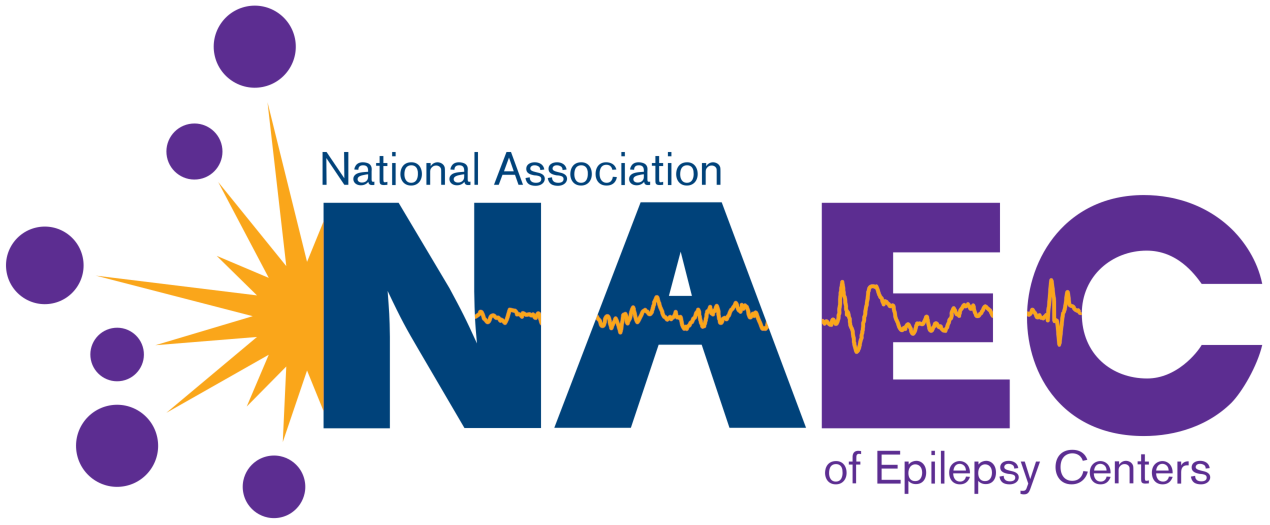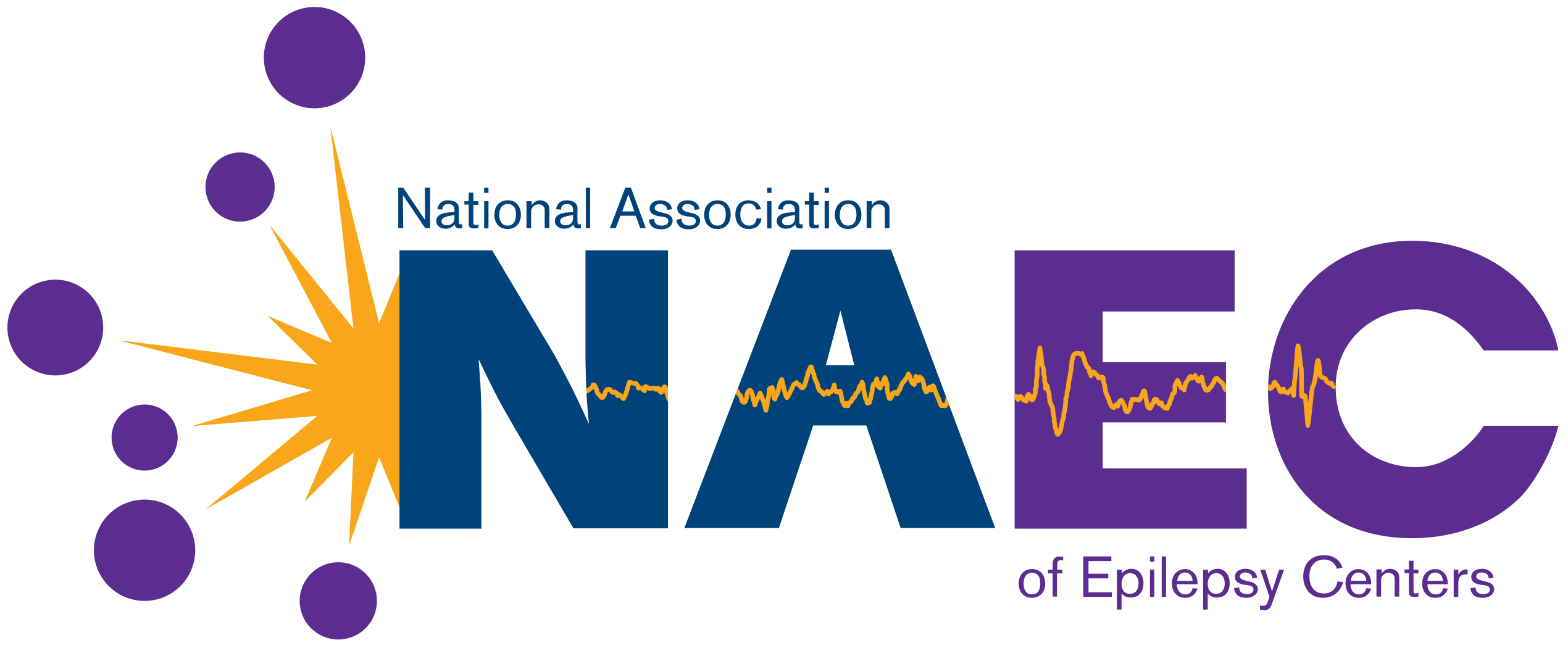NAEC
Accreditation
NAEC
Accreditation
Join NAEC
The first step toward accreditation is to become a member of NAEC. As a member, NAEC will advocate on behalf of your center, provide access to best practices and standards of care, and review your center for level 3 or 4 accreditation. We represent your interests, along with more than 300 other epilepsy centers in the United States.
Accreditation Process
NAEC develops standards for epilepsy care through the publication of epilepsy center guidelines and uses these guidelines to establish criteria for level 3 and level 4 epilepsy center accreditation. Over time, NAEC plans to incorporate many of the recommendations in the 2023 Guidelines for Specialized Epilepsy Centers: Report of the National Association of Epilepsy Centers Guideline Panel in its accreditation program. The NAEC Board oversees the accreditation process and the Accreditation Committee makes final determinations on accreditation decisions.
The NAEC accreditation cycle runs annually from November through March 1. As part of the process, NAEC works with centers to identify and address any missing information from the center’s submission. Any centers that join NAEC after January will be able to complete the accreditation process during the next year’s cycle.
To become accredited, a center must:
- Become a member of NAEC.
- Pay the annual dues.
- Complete the online Annual Report and submit of a number of supporting documents, including de-identified patient reports, CVs for center personnel, and safety and treatment protocols used in the center.
Accreditation Criteria
The 2025 NAEC accreditation criteria may be found here. The NAEC Board seeks to continually raise standards for epilepsy centers to improve care for people with epilepsy, while being sensitive to the burden that the accreditation process places on centers. As a result, the accreditation criteria and/or process is constantly evolving.
If you are considering joining NAEC and have questions about how your center’s practices meet our accreditation criteria, please contact the NAEC office.
The Evolution of NAEC’s Accreditation Process
Since its formation, NAEC has focused its efforts on developing quality standards of epilepsy care. Prior to initiating its accreditation process, NAEC required that member centers complete a self-designation report and provide the names of key personnel and the diagnostic and treatment services provided.
The Institute of Medicine (IOM), as part of its 2012 published report, Epilepsy Across the Spectrum: Promoting Health and Understanding, recommended that “NAEC and American Epilepsy Society establish criteria and a process with independent external review mechanisms for the accreditation of epilepsy centers and that accredited centers should form a network that includes data sharing, clinical trial and other research networking, professional education and other activities.” The NAEC Board spent two years following the publication of the report reviewing models for accrediting centers and evaluating ways to strengthen its process of evaluating and recognizing level 3 and 4 epilepsy centers.
In 2014, the NAEC Board began the process of implementing a more formal accreditation process with expanded criteria, which was fully implemented in 2016. Centers are now required to submit documents to validate their responses to the online Center Annual Report and NAEC verifies the certifications for epilepsy center personnel with relevant boards and certification bodies.
In 2024, NAEC published Guidelines for epilepsy centers with 52 recommendations that span the range of services that should be part of high-quality epilepsy centers, including inpatient evaluation, therapeutic options, and outpatient chronic disease management. The guidelines recognize the importance of multi-disciplinary care teams in coordinating the effort of different specialists working together to diagnose and treat patients. These recommendations will be incorporated into the accreditation program over time.
Today, NAEC’s accreditation process serves two purposes: 1) to define and incentivize standards of care for comprehensive epilepsy care; and 2) serve as an avenue to collect data on the types and volume of services provided by specialized epilepsy centers.

